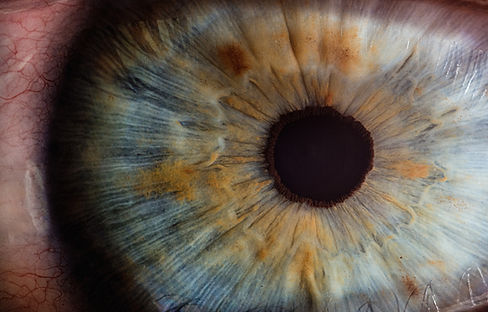
MR ALEX BANEKE - OPHTHALMIC SURGEON - GLAUCOMA & CATARACT
A Guide for Patients
Understanding Glaucoma: An Introduction
Glaucoma is a condition that damages the optic nerves, leading to a gradual reduction in your field of vision. Since this damage usually happens slowly, most people with glaucoma don’t realise there’s a problem until they’ve already lost a significant amount of vision. The good news is that with proper treatment, most patients with glaucoma do not go blind.
Glaucoma is a manageable condition with early detection and appropriate treatment. By lowering eye pressure through eye drops, laser treatment, or surgery, it’s possible to slow the progression of the disease and protect your vision. Always discuss with your eye specialist which treatment options are best suited for your specific needs.

How is Glaucoma Treated?
Treatment for glaucoma typically begins with eye drops or laser therapy.
Eye Drops: The most commonly prescribed eye drop in the UK is latanoprost. This medication reduces eye pressure by around 30% in most patients by increasing the flow of fluid out of the anterior chamber of the eye. Latanoprost is generally well tolerated, but it can cause some side effects such as slight redness, stinging, and increased eyelash growth.
Laser Treatment: For initial laser treatment, Selective Laser Trabeculoplasty (SLT) is a safe and effective option for people with open-angle glaucoma. SLT works in about 70-80% of patients and can help control eye pressure for up to 5 years, potentially avoiding the need for eye drops.


Advanced Treatment Options
For more advanced glaucoma, surgical options may be necessary. These include:
Trabeculectomy: A traditional surgical procedure that helps to lower eye pressure by creating a new drainage pathway for the eye fluid.
Preserflo™: A newer surgical option that also helps to reduce eye pressure with fewer potential complications than traditional surgery.
Tube Surgery: This involves placing a small tube in the eye to help drain fluid and lower eye pressure.
Additionally, there are various devices available under the category of "Minimally Invasive Glaucoma Surgery" (MIGS), such as the Miniject™. These devices generally cause fewer complications than more traditional surgeries, but it’s important to note that many of them still lack strong evidence to fully support their long-term effectiveness.


